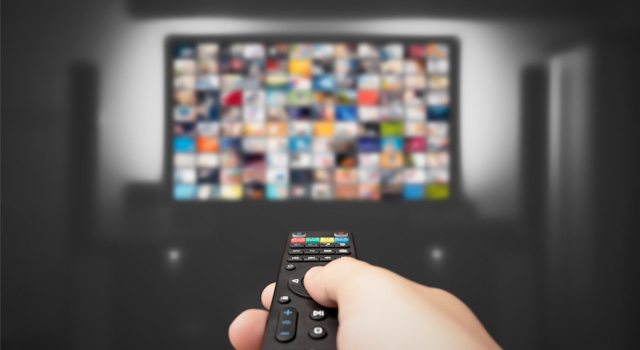The time for broadcasters to put pedal to the metal is now.
As the landscape of television consumption undergoes a seismic shift, broadcasters face an urgent imperative to adapt. Digital video has revolutionised the way we watch TV, leaving traditional Free-to-Air television in its wake. With each passing year, the allure of FTA wanes, while digital platforms command an ever-growing share of our viewing habits.
Deloitte’s Media & Entertainment Consumer Insights report from 2023 painted a stark picture for broadcasters: while FTA television maintains a presence, digital video reigns supreme, with audiences spending 22 hours a week on digital platforms compared to FTA’s dwindling 10 hours. This trend underscores an accelerated decline in FTA viewership: just four years ago, viewers spent an average of 12 hours per week on FTA, dropping to 11 hours in 2022, and a mere 10 hours in 2023.
In response to this accelerated decline, broadcasters have rightly shifted their focus towards Broadcast Video on Demand (BVOD). However, their efforts have predominantly been on winning advertising dollars through ‘Total TV’ metrics rather than engaging and retaining audience time. This ‘Total TV’ strategy is unsustainable overtime however, as the modest growth in BVOD viewing time fails to compensate for the sharp decline in FTA. In 2022, viewers spent just 2.8 hours per week on BVOD channels, which further declined to 2.25 hours in 2023 according to the same Deloitte report.
To secure long-term viability, broadcasters must reclaim lost audiences—particularly Gen X and Millennials—while also roping in untapped audiences like Gen Z. Achieving this requires a multifaceted strategy:
Be Clear About The Competition: It’s crucial to know that YouTube, while often emphasised in broadcaster discourse, isn’t the primary adversary in winning audience time. Advertising dollars, sure, but not audience time. YouTube occupies a completely different entertainment territory than BVOD. The true competitors in winning audience time are Subscription Video on Demand (SVOD) services. Broadcasters need to focus on converting SVOD audiences to BVOD.
Address the Brand Problem and Own a Territory: BVOD often struggles to be top of mind for viewers seeking entertainment. When deciding what to watch, BVOD apps rarely make the top of the list. To change this, effective long-term program discovery campaigns are essential. By highlighting BVOD-exclusive content, particularly Australian productions not available on SVOD platforms, broadcasters can broaden BVOD’s appeal beyond traditional audiences. Establishing a distinct brand personality and owning a specific entertainment niche is crucial—everyone knows what to expect from Britbox, right? Broadcasters need to clarify why viewers should choose their BVOD apps. Additionally, it’s vital to ensure that the unique strengths of their traditional broadcast brands are effectively carried over to their BVOD offerings.
Enhance User Experience: With the ubiquity of SVOD, audiences expect BVOD to offer a seamless experience, albeit with ads. Improving the user interface and ensuring a smooth, intuitive viewing experience is critical.
Revamp Advertising Models: Acknowledging that ad intolerance is a major reason audiences shy away from BVOD channels is crucial. When asked why they avoid BVOD, 8 out of ten people will say, “too many ads.” Replicating the ad-heavy model of FTV on BVOD isn’t effective. By reducing traditional video ad loads and incorporating innovative, non-disruptive digital ad formats, broadcasters can find a balance between generating revenue and satisfying viewers.
The path to future-proofing for broadcasters lies in a strategic overhaul that prioritises audience engagement & satisfaction to not only stem the decline in viewership but attract new audiences. The time for broadcasters to put pedal to the metal is now—rethinking the BVOD approach is not just necessary, it is imperative.
